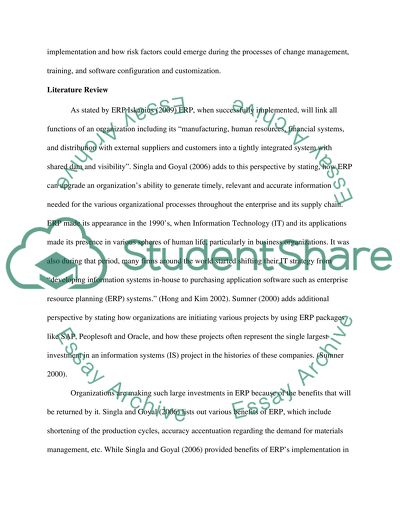Cite this document
(“Literature review Essay Example | Topics and Well Written Essays - 2000 words - 1”, n.d.)
Retrieved from https://studentshare.org/environmental-studies/1417863-literature-review
Retrieved from https://studentshare.org/environmental-studies/1417863-literature-review
(Literature Review Essay Example | Topics and Well Written Essays - 2000 Words - 1)
https://studentshare.org/environmental-studies/1417863-literature-review.
https://studentshare.org/environmental-studies/1417863-literature-review.
“Literature Review Essay Example | Topics and Well Written Essays - 2000 Words - 1”, n.d. https://studentshare.org/environmental-studies/1417863-literature-review.


